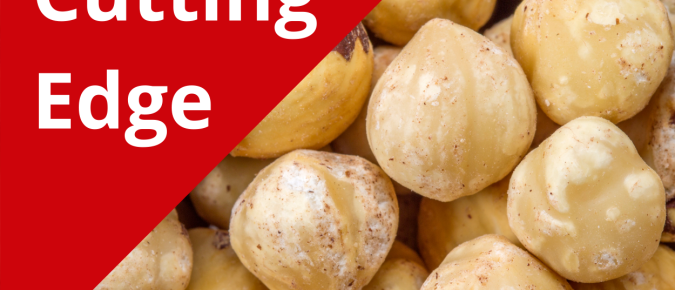Articles
Late Summer Planting Legumes to Produce Nitrogen Credits for Next Year
The high price of nitrogen fertilizer has increased interest in planting a legume crop after wheat or canning crop harvest as a green manure to provide some nitrogen credits for next year’s crop. This practice can provide some nitrogen and organic matter as well as increase ground cover to reduce erosion from fields. However, it may not be cost effective.
Alternative Forage Crops
First, we should put things into perspective by stating that alfalfa is still the best choice, in most cases, for long-term production of high quality, high tonnage harvested forage. We also expect to see increased use of corn silage, where topography and farm plans permit in dairy rations, in the alfalfa-based rations.
Sainfoin Not Recommended for Wisconsin
Sainfoin (Onobrychis vicifolia) is deep-rooted and very drought-resistant. It yields best on high pH, deep, well-drained soils, and will not withstand wet soils or high water tables. It is not as winterhardy as some cultivars of alfalfa. Sainfoin is short-lived where root and crown rots are a problem.
Getting a Good Forage Stand
Some farmers always get a good forage stand and some always fear seeding because of difficulty getting good stands. A good stand is crucial to profitability. If the stand is thin, it will never yield well and will be weedy. Additionally, if the stand is so poor that reseeding is necessary, the grower will have lost most or all of a growing season for forage production on that field.
Climate-Smart Agriculture in Wisconsin
This past year, in tandem with the release of the second WICCI report, an extensive report from the Agriculture Working Group detailed agriculture’s contributions to greenhouse gas emissions and climate change, the impacts of climate change on Wisconsin agriculture, and ways farmers can adapt to the changing climate. In this article, four key strategies for reducing the sector’s contribution to climate change and increasing agriculture’s resilience are identified.
The Cutting Edge Podcast Episode #29: Hazelnut Insect Pests
An interview with Hailey Shanovich about her work understanding insect pests of hazelnuts in the Upper Midwest. Hailey is a Natural Resource Science PhD Student and Research Assistant in the Department of Entomology at the University of Minnesota. Link to Hailey’s presentation at the 2022 Upper Midwest Hazelnut Growers Conference: www.midwesthazelnuts.org/uploads/3/8/…you_nuts.pdf Resources Upper Midwest Hazelnut Development […]
The Cutting Edge Podcast Episode 28: Hazelnut Breeding Part 2
In this episode we get updates from hazelnut researchers Mark Hamann and Dr. Lois Braun at the University of Minnesota and Jason Fischbach at the University of Wisconsin – Madison. Mark Hamann is a Research Technician at the University of Minnesota and works as an assistant to Dr. Lois Braun. Prior to working at UMN, […]
Field Notes Episode 1: Interseeding
In this, the first episode of Field Notes, we dive headlong into the practice of interseeding cover crops into standing corn, a practice becoming more popular in Wisconsin.
Late summer alfalfa seeding
Late summer seeding is an excellent way to establish stands and is actually the preferred time of year to seed in many regions. But your decision to late summer seed should be based on weather conditions (temperature), available soil moisture, and your projected forage needs (importance of having a fully productive alfalfa stand available next spring vs. direct seeding).
The Cutting Edge Podcast Episode 27: Hazelnut Breeding Part 1
An interview with Dr. Julie Dawson, Associate Professor in the Department of Horticulture at UW-Madison, and Dr. Scott Brainard, Research Associate at UW-Madison and Tree Crop Breeder at Savanna Institute, about recent progress in breeding American and hybrid hazelnuts. Resources Upper Midwest Hazelnut Development Initiative Savanna Institute














